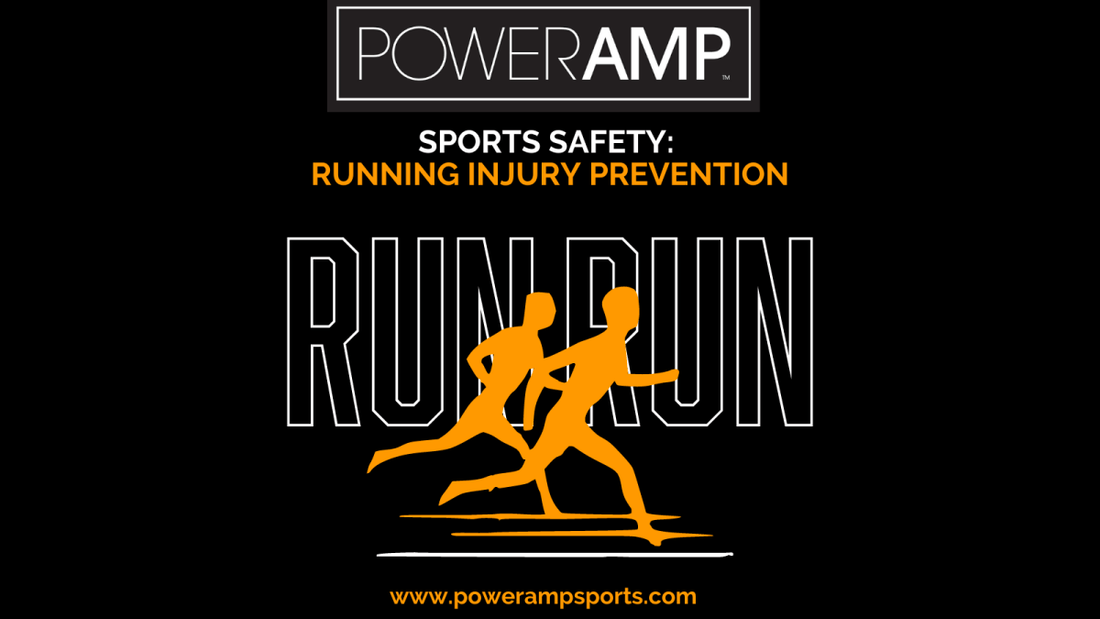- Alongside the near-global pandemic, clinics see more and more people with injuries such as shin splints, Achilles tendinitis, and a runner's knee. At least one-third of runners training for a marathon report an injury, and some 15 percent never finish the race.
- Prevention is always better than a cure. So whether it's training for a marathon or a walk around your neighborhood, doing all you can to avoid injury should be the top priority.
- We found that a bunch of risk factors for injury can be identified in 735 runners just training for the New York City Marathon. Some of the most common are wearing worn-out shoes, Achilles Tendonitis, Plantar Fasciitis, and spinal disc injuries.
- This study concludes that the number of training miles you log is associated with a higher risk of injury.
- It is important not to over-train or push the body too hard. It applies to marathon training, walking events, and even just trying to reach your running goals.
- If a person runs a marathon, generally, their longest distance needs to be 12 miles. So, ideally, they complete 4-5 long runs of 20 miles, where the longest is three weeks before the race, but feasibly it should take about four to five months.
- Once you've diagnosed your running injury, work with a medical professional to find the cause and best treatment.
- It could be the type of shoe, the running form, arthritis in a knee or hip, or the number of miles and your pace.
- Although runners' injuries can be similar, they are often caused by different phenomena, and prevention will require us to address the root cause.
- Among dozens of choices, runners can start by picking shoes based on their peers' comfort, price, and tips.
- Various running shoes claim to reduce injury risks, but there is no evidence that they are more effective than regular running shoes.
- Many studies suggest regular walking and running reduces the risk of depression, diabetes, high blood pressure, heart attack, and strokes.
- Path to injury prevention
- * Many runners overdo it while they train and end up developing an injury. Too much running, too fast, and too soon after an injury is the most common causes of this. You should know these guidelines to avoid such a fate as a runner.
- * To lower your risk of running injuries, try to:
-
* New runners should start slow to prepare their bodies for the extra strain—alternate walking with running.
-
* You can increase your running mileage by 10% each week.
-
* It's recommended to run no more than 45 miles a week to minimize your risks of an overuse injury. There's little proof that running this much improves your performance, but that might be due to the lack of recent scientific research on the subject.
-
* Don't run on uphill or downhill terrains. The safest place to have a workout is on soft, flat ground.
-
* You shouldn't just "run through pain." Pain is your body letting you know something is wrong. It would help if you tried to figure out what caused the pain, so it doesn't happen again.
-
* The next time you have pain when you run, stop for a few days. See your doctor if the discomfort persists for more than a week.
-
* Alternate hard days with easy ones to relieve the strain on your body and rest.
-
* It's best to change running shoes every 500 miles, which is about five months for most people. If you go that long without switching your shoes, the shock of running can cause injury in your lower limbs.
- Sports Magnesium
- Sports Magnesium is a high-strength, daily formula that contains 145mg of elemental Magnesium per capsule.
- Sourced from seawater, this natural marine Magnesium contains no Magnesium oxide, giving it superior absorption and gentleness in the digestive tract.
- Magnesium is effective in post-exercise recovery, soothing muscle tension and tightness, and supporting optimal sleep. Magnesium is one of the essential nutrients as it involves hundreds of processes within the body but is easily depleted with exercise.
- Shop Now: https://bit.ly/PowerAMP-SportsMagnesium
- Sources:



Leave a reply
Nunc vehicula quam semper odio varius tincidunt. Vestibulum ante ipsum primis in faucibus orci luctus et ultrices posue.
Please note, comments need to be approved before they are published.